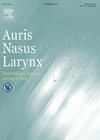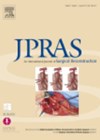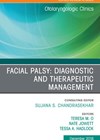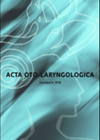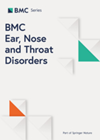
Journal Reviews
Role of intratympanic corticosteroid for treatment of Bell’s palsy and Ramsay Hunt syndrome
Acute peripheral facial palsy occurs annually in 30 in 1,000,000 individuals in the general population. Bell’s palsy and Ramsay Hunt syndrome account for about 70% of cases of peripheral facial palsy. They are believed to be caused by viral reactivation...
Facial palsy: What do patients and healthcare care about?
The article describes the process for establishing a collaborative research agenda to address gaps in understanding of the diagnosis, treatment management of facial palsy. A Delphi technique was used in order to establish a facial palsy research agenda. In round...
Surgical management of permanent facial paralysis
This article explores the management of flaccid facial palsy focusing on weakness less than one to two years’ duration. As a general rule, primary nerve repair produces the best outcome and should be performed where possible. For long-standing paralysis of...
Results of hypoglossal-facial nerve anastamosis techniques for facial palsy
Preserving facial nerve function is of prime importance in acoustic neuroma surgery. A comprehensive knowledge of anatomy, experience and surgical precautions can reduce the incidence significantly. Important considerations are when and how to repair if injury occurs. Several options include:...
3D ultrasonography for evaluation of muscles following facial palsy
Reconstructive surgery for facial nerve palsies is not recommended beyond two to three years after a degenerative facial nerve lesion. Since the time course of muscle atrophy is variable, this timeline is a rough guideline. The only assessment method currently...

